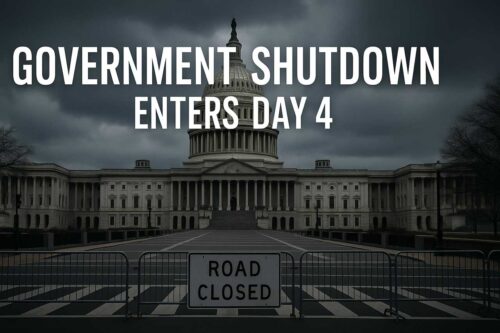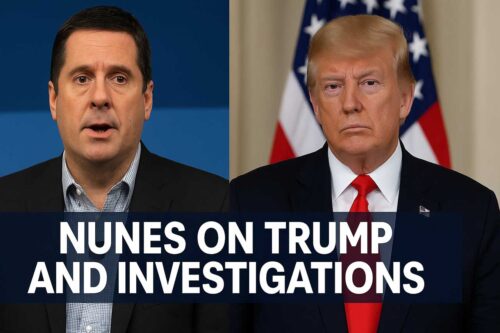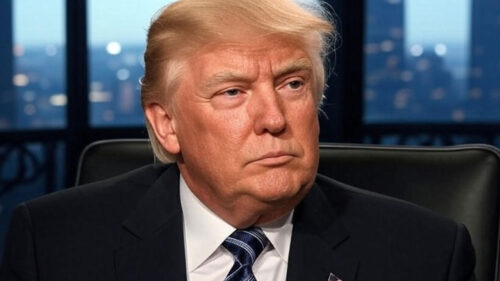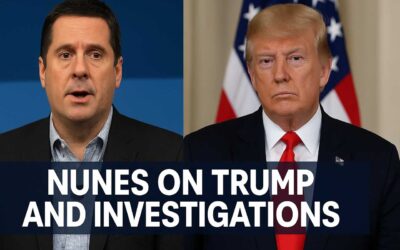Deep State Purge: Gabbard Strips Clearances Over Russia-Gate

In a bold move to address what many see as entrenched corruption within the intelligence community, Director of National Intelligence Tulsi Gabbard has revoked the security clearances of 37 officials. The decision, announced on X, targets individuals implicated in the controversial 2016 intelligence report on Russian interference, which Gabbard claims was manipulated under orders from former President Barack Obama. This report, central to the infamous “Russia-gate” saga, is now under scrutiny for allegedly undermining the will of the American people.
The Origins of Russia-Gate
According to Gabbard, the intelligence community’s initial assessments in 2016 found that Russia sought to sow discord in the U.S. election but showed no preference for any candidate. These findings, produced by career analysts, were reportedly overturned after Obama directed his National Security Council, led by then-DNI James Clapper and CIA Director John Brennan, to produce a new report. This revised assessment claimed Russia explicitly aimed to help Donald Trump win, relying heavily on the now-discredited Steele dossier—a document Gabbard and others assert was a politically motivated fabrication funded by Hillary Clinton’s campaign.
Hundreds of pages of declassified documents, available on odni.gov, reportedly detail how this new assessment was crafted using substandard intelligence, bypassing rigorous tradecraft standards. Gabbard argues that this was a deliberate attempt to weaponize intelligence against Trump, who won the 2016 election despite these efforts. The fallout from this report fueled years of investigations, including the Mueller probe, two congressional impeachments, and the Mar-a-Lago raid, all of which Gabbard describes as attacks on American democracy.
A Seditious Conspiracy?
Gabbard’s revocation of clearances targets 37 individuals who, she claims, “abused the public trust” by politicizing intelligence, leaking classified information, or violating tradecraft standards. She accuses these officials, including high-ranking figures like Clapper, Brennan, and former FBI Director James Comey, of engaging in a “seditious conspiracy” to undermine Trump’s presidency. The intent, she argues, was not only to influence the 2016 election but also to sabotage Trump’s administration when he took office.
The ripple effects extended beyond 2016. Gabbard alleges that these same actors manipulated narratives around the 2020 election, notably by “pre-bunking” Hunter Biden’s laptop as potential disinformation, despite its authenticity being verified by the FBI in March 2020. This, she claims, was another attempt to sway electoral outcomes and erode public trust.
Restoring Trust in the Intelligence Community
Gabbard’s actions, carried out under President Trump’s direction, signal a broader effort to root out what they describe as “deep state” actors—careerists and high-ranking officials who prioritize partisan interests over national security. “Our national security depends on it,” Gabbard emphasized, stressing the need to expose and hold accountable those who manipulate intelligence for political gain.
The move has sparked intense debate. Supporters view it as a necessary purge to restore integrity to the intelligence community, while critics argue it risks politicizing national security further. Regardless, Gabbard’s decision marks a significant escalation in the ongoing battle over the legacy of Russia-gate and the role of the intelligence community in American democracy.
As the Trump administration continues its push to declassify documents and hold bad actors accountable, the question remains: can the trust of the American people in their institutions be rebuilt? For now, Gabbard’s actions suggest a commitment to confronting what she sees as a profound betrayal of that trust.























